Japan's Most Remarkable Castles
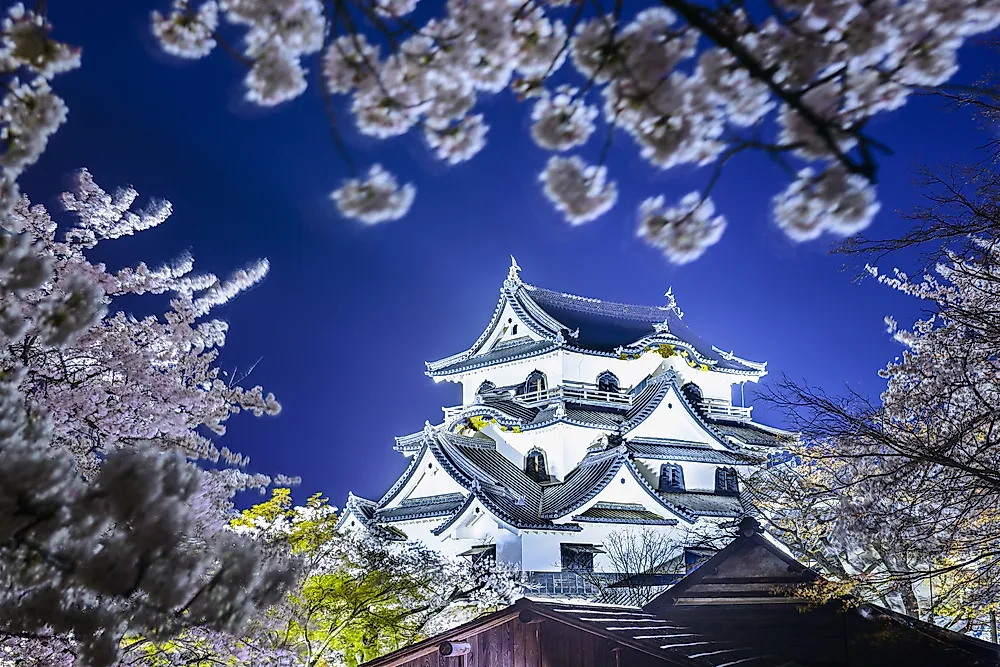
Japan has many spectacular castles spread out across the country. During the Sengoku period when military conflicts were common, a large number of castles and fortifications were built. The Sengoku period was between the mid-15th to early 17th century. Japan, during this period, had dozens of small independent states that were in constant warfare and for defense purposes small castles were built on mountaintops. More massive castles were built in the second half of the 16th century when central authority was reformed in Japan. In 1868, most castles were wrecked, while others were destroyed in the WWII. A dozen castles built before 1868 are left standing today, and only five castles are designated as national treasures.
5. Hikone Castle
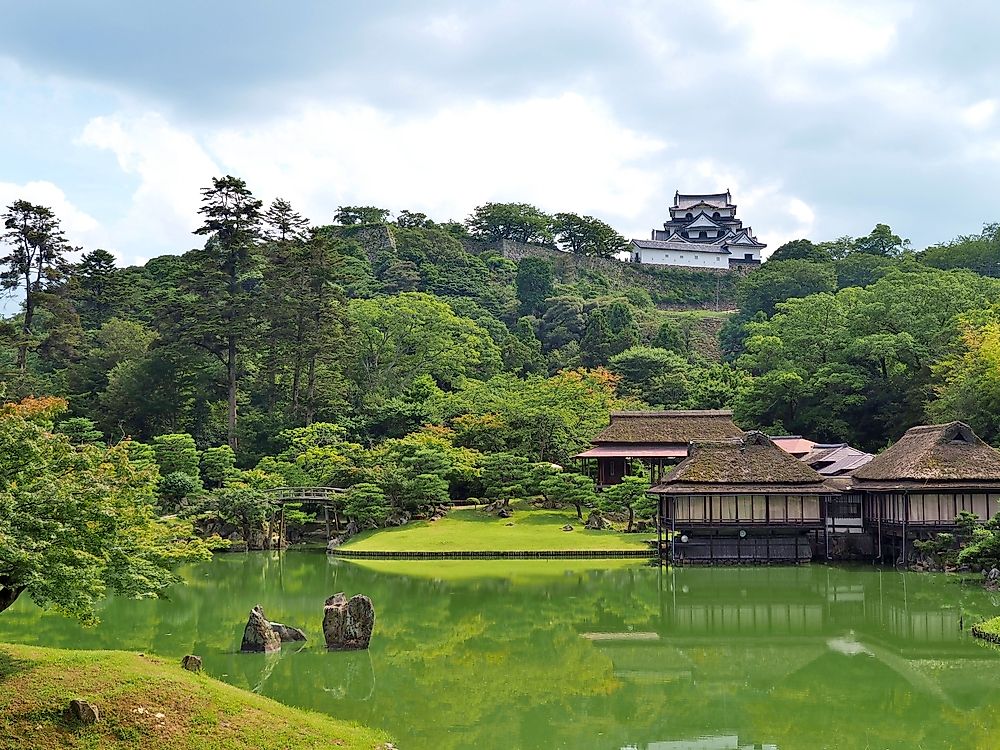
The Hikone Castle is found in Hikone City in Shiga Prefecture. The castle is one of the 12 castles that still have their original structure and is considered as the key historical building in Shiga. The castle was built by Ii Naokatsu from 1603 to 1622, using wood, stone, plaster, and lime. Hikone Castle was in use and controlled by the Li Clan from 1622 to 1874. With the beginning of the Meiji era in 1868, many castles were destroyed, but a request from the emperor saved Hikone Castle. From 1874, to the presently Japan has been controlling the castle. Sitting on the peak of Mt. Hikone, the castle overlooks Shiga and Lake Biwa, which is the largest lake in Japan. In 1952, the Japanese Ministry of Education, Science, Sports, and Culture, designated the castle as a national treasure. One of the outstanding highlights of Hikone Castle is a Genkyu-en at the northern side of the castle. A Genkyu-en is a Japanese-style garden built around a pond with a path. The Genkyu-en at Hikone Castle recreates the Eight Views of Omi. This garden is famous for its beauty of the former Omi Province, bringing out the splendor of Edo culture. Admission into the castle will cost an adult about 200 yens and a child 100 yens.
4. Himeji Castle
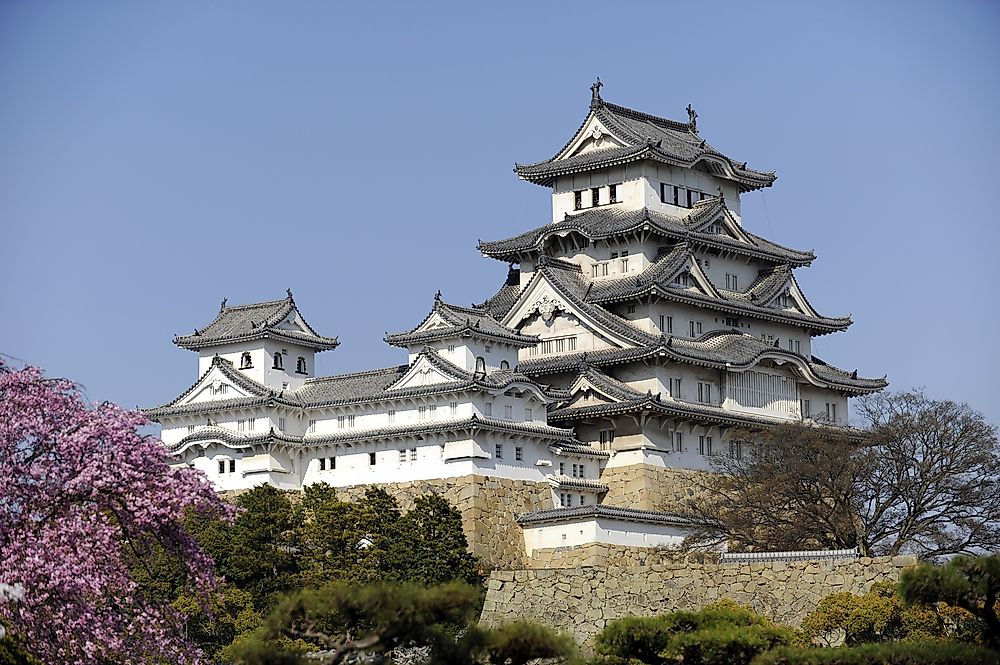
Himeji Castle is found in the Himeji City in Hyogo Prefecture. The castle is made up of 83 buildings having advanced defense systems from the past. Due to its brilliant white exterior, the castle is often referred to as Shirasagi-jo, meaning White Heron Castle or White Egret Castle. The structure according to many resembles an egret taking flight. A fort was built in 1333 by Samurai Akamatsu Norimura on Himeyama hill. The fort was reconstructed as Himeyama Castle in 1946, and 200 years later after remodeling, it became Himeji Castle. The castle boasts as the most visited castle in Japan and is considered one of the three premier castles of the country. In 1993, the castle was listed as a UNESCO World Heritage Site. Himeji Castle is among the famous castles in Japan and is known as the most beautiful in the country. The castle is a national treasure, and a major restoration was done on the castle up to May 2015. As from 2009 it was opened to the public, and admission will cost an adult 1000 yens and a child 300 yens.
3. Inuyama Castle
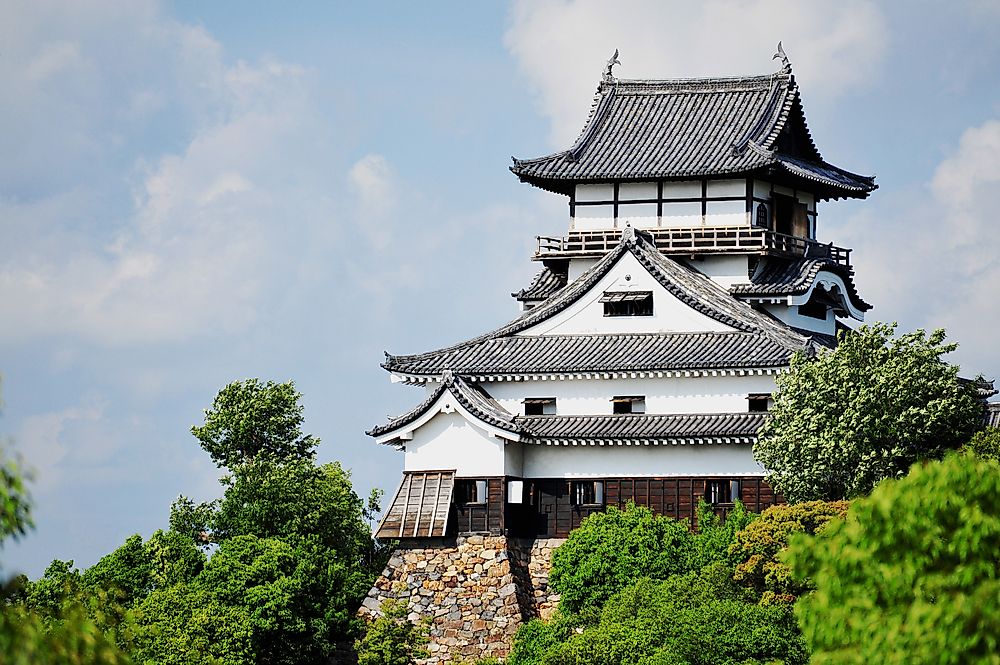
Inuyama Castle is found in Inuyama City, which is in Aichi Prefecture. The castle is part of the 12 original castles in Japan and overlooks the Kiso River, a border between the prefectures of Aichi and Gifu. Oda Hirochika built the castle in 1440, and the castle is now a national treasure. The castle’s current towers were built by Oda Nobuyasu, who ruled over between 1537 and 1547. Inuyama Castle was privately owned and served as the center of power for the Naruse Clan. The Japanese government seized it during the Meiji Restoration but was returned to the Naruse Clan in 1895 after being damaged by an earthquake in the 1891. The castle avoided destruction due to the quick surrender of its occupants whenever a strong enemy was on the way. The castle is currently owned by a foundation established by the Board of Education in Aichi Prefecture. Admission to Inuyama Castle costs 550 yens for adults and 110 yens for children.
2. Matsue Castle
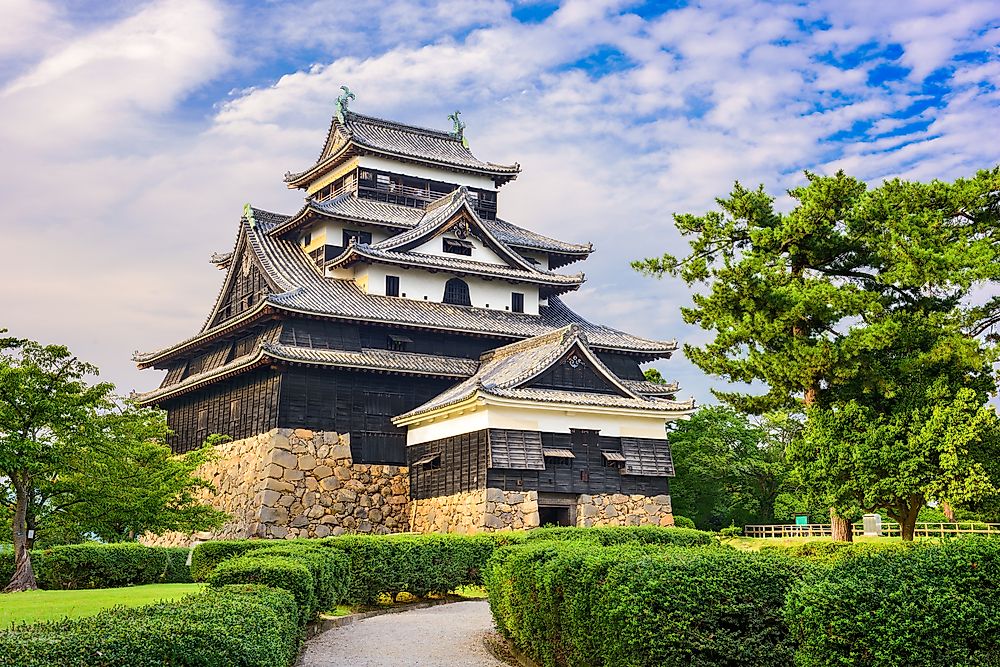
Matsue Castle is located in Matsue, a city in Shimane Prefecture. The castle carries the nickname, “black castle” or “plover castle.” The castle was built under Lord Horio Yoshiharu between 1607 and 1611. The castle never witnessed any battle since it was built after the wars of feudal Japan. Matsue Castle is the only remaining castle in the Sanin region and is considered one of the oldest in Japan.Ten generations of Matsudaira clan ruled the castle for 234 years. The whole of Matsue City and Lake Shinji can be seen from the castle since there are no walls in any direction. In the present day between late March and early April, the Castle Festival is held together with the long-established Procession of Warriors throughout Matsue. On July 9, 2015, the castle was registered as a national treasure. Admission into the castle will cost an adult 560 yens, while a child will pay 280 yens.
1. Matsumoto Castle
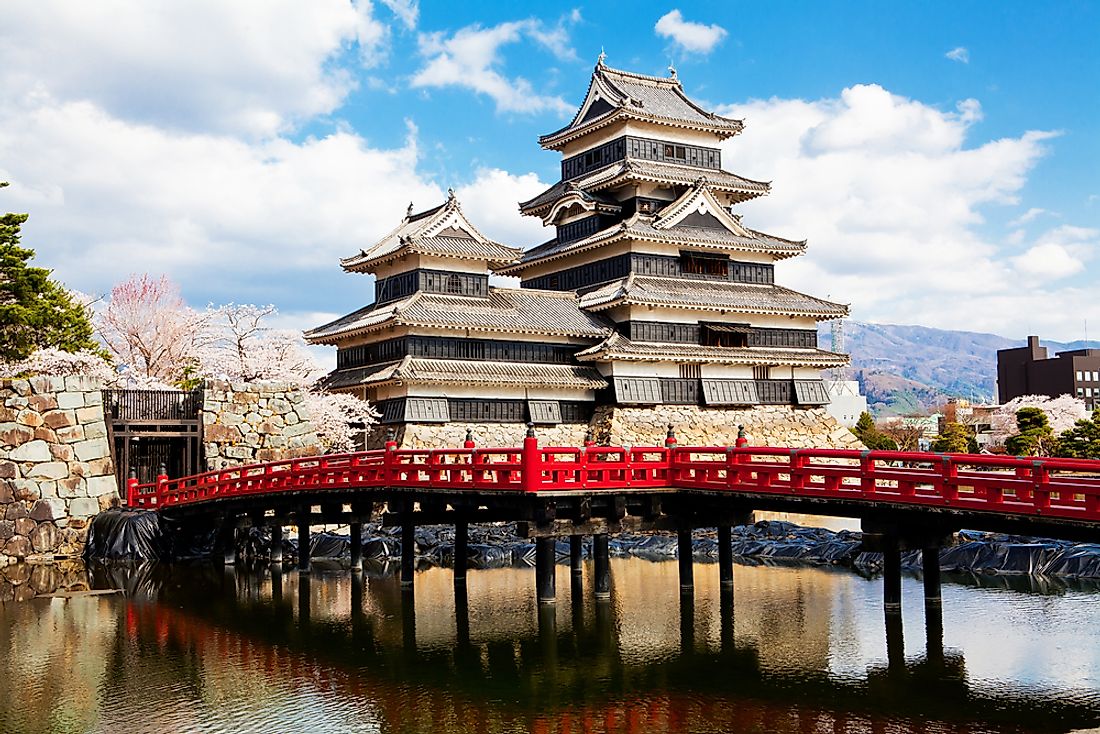
Along with Himeji and Kumamoto Castles, the Matsumoto Castle is considered a premier historic castle. The castle was initially built as a fort called Fukashi Castle by Shimadachi Sadanaga in 1504. For 280 years, the castle was ruled by the 23 lords of Matsumoto. The castle is also referred to as the Crow Castle because of its black walls and roofs. Matsumoto castle has undergone many renovations, and recently there is a plan to restore the outer boat, known as Soto-bori. The castle is built on a plain and not on a hill or mountain, and enemy invasion was prevented by three layers of moats built around the castle. On June 30, 2011, the castle was damaged by a 5.4 magnitude earthquake. The castle is a national treasure and is open for viewing with admission costing adults 610 yens and children 300 yens.











